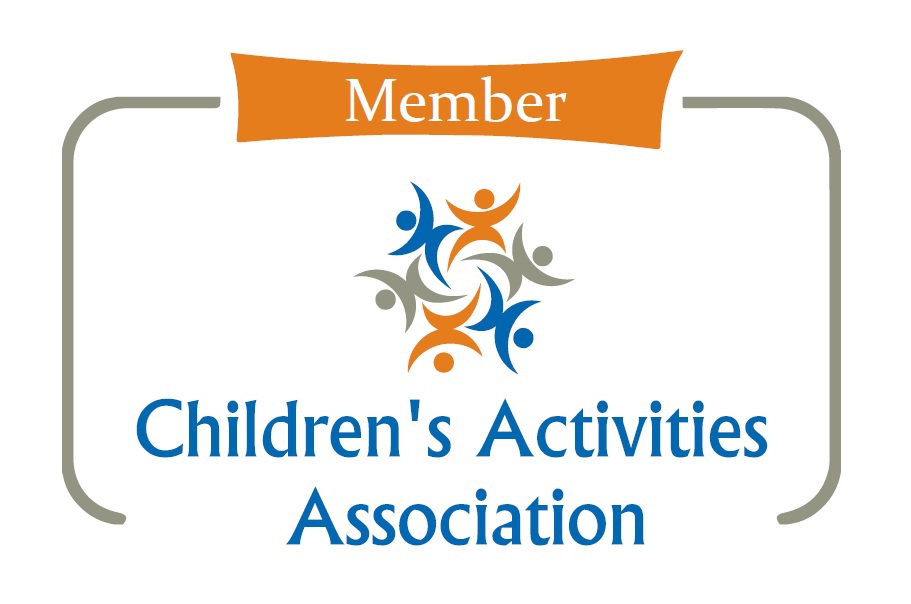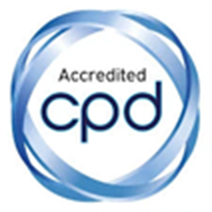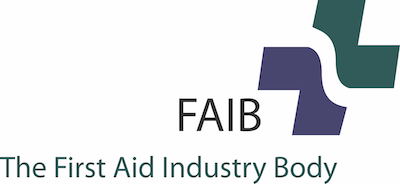Following on from Child Safety Week, we want to highlight another important first aid safety topic – burns prevention. We’ve been working with Children’s Burns Trust to make sure all our first aid trainers have the most up to date information when it comes to preventing and treating burns.
Real life story: Laura and Arthur
In 2019, Laura’s son Arthur was playing in the garden while Laura made a pot of coffee in the kitchen. In the blink of an eye, Arthur, who was nearly 3, had come into the kitchen, climbed onto the work surface and spilled the hot coffee all down his neck, chest, arm and leg. Laura was horrified, but knew it was so important to immediately cool the burns. She placed Arthur under cool running water and called 999. It was an agonising 30 minutes for both mum and son until the ambulance arrived and despite Arthur's discomfort, Laura made sure the burns continued to be cooled. This is so hard when your child is in distress but will help to reduce the pain from the hot fluid burn and can lessen the depth of the skin damage, potentially reducing the need for surgery. Arthur was taken to his local hospital for initial treatment, but the burns were so severe he had to be driven 60 miles from home to a specialist burns unit.
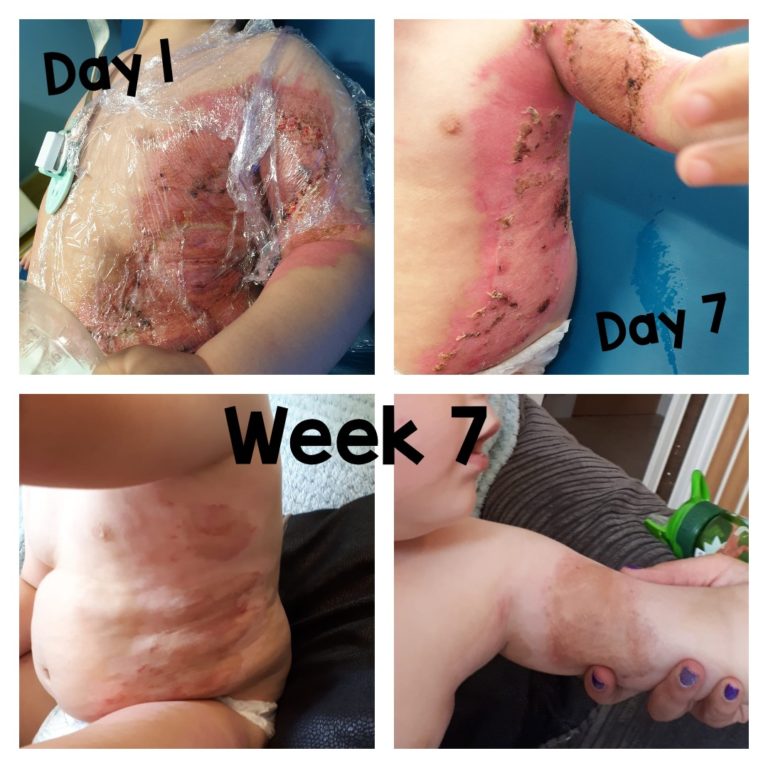
Little Arthur was in hospital for 10 days and needed skin grafts to his arm, armpit and chest. Laura stayed by his bedside in a bed chair the whole time, with grandparents bringing Arthur’s older sister on the 120 mile round trip nearly every day.
Laura wants other parents to know a burn needs ongoing management. In the months following the burn, each area of burn needed to be creamed up to 5 times a day, an uncomfortable process for Arthur but essential to help reduce the itching and to ensure the best long term outcome of the scar. He has to continue attending hospital regularly for scar management. Laura says, “he comes to me when his skin is getting itchy and has learnt to ‘scratch’ with his palms, not his nails”.
Laura still can’t believe how quickly this life changing incident happened. She is determined to raise awareness of the dangers of hot drinks and prevent other parents and children having to go through such an ordeal.
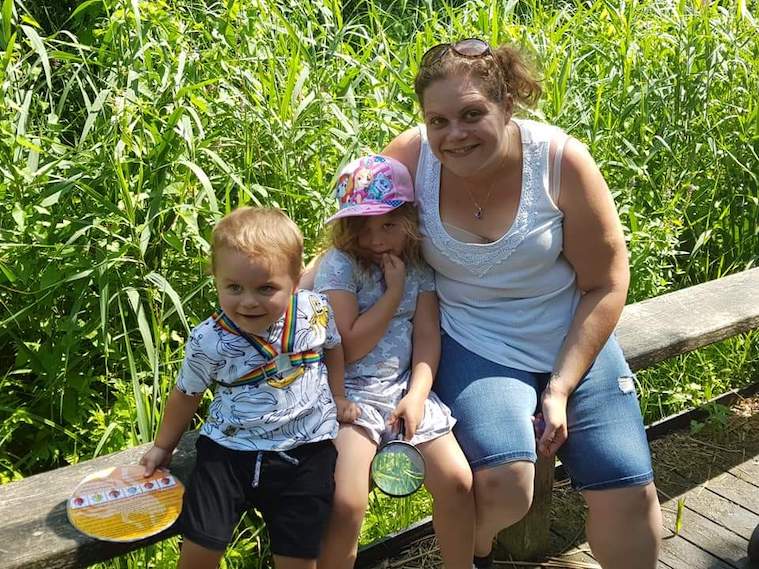
Prevention
Shockingly, 60% of burn admissions to A&E in children under 3 years of age are due to a hot drink burn. It’s estimated that on average 46 children every day attend A&E with a hot drink burn. It’s tempting to think “it won’t happen to me” but we all know how unpredictable children can be – running their batman figure across the kitchen surface knocking down a cup, fist punching the air as a cuppa is held above them, pulling the kettle cord that’s been left too close to the worktop edge – it is sadly all too easy for an accident to occur.
Children’s Burns Trust promote safety around hot drinks with the following rules:
- Keep hot drinks out of reach of young children
- Never carry or hold a hot drink whilst carrying or holding a baby
- Never pass a hot drink over the heads of young children
How do I keep a hot drink away from my baby / child?
- Push hot drinks to the back of the kitchen surface
- Don’t place a hot drink on a table cloth or cloth that hangs down so that a small child can reach and pull it down
- Make a safe place in your home – a Safe Tea zone – where you and members of the family / visitors can keep hot drinks away from young children
We know that being a parent can be exhausting and there is a huge temptation to reach for a hot cuppa immediately after your child goes to sleep in your arms – just make sure you put them down before you have your tea break!
Treatment
So, what should you do if the worst happens, and your child has a hot drink accident? First aid advice from Children’s Burns Trust is ‘Cool, Call, Cover’:
- Immediately cool the burn using cool (not cold) running water for 20 minutes
- Whilst cooling the burn call 999 or 111
- Remove any clothing, nappies, socks, shoes and jewellery that the hot fluid might have landed on as soon as possible (unless it is melted or firmly stuck to the wound)
- Make sure the child is kept warm whilst you continue to cool the burn
- When you've finished cooling it, cover the burn with cling film or a clean non-fluffy cloth, like a tea towel
Attend a first aid class
The best way to learn how to deal with a burn is to attend a first aid class. We would recommend our 2-hour Baby & Child First Aid class which as well as burns covers choking, breaks, bleeding and CPR as well as meningitis awareness.
Our first aid trainers constantly update their skills in a wide range of first aid areas, and have recently attended a workshop with Children’s Burns Trust. Mini First Aid trainers attended the session from all across the UK to hear from Children’s Burns Trust Ambassador Laura, as well as Jo Myers, who shared with us the most up-to-date research on first aid treatment for burns.
We believe that our regular CPD training sessions with wonderful organisations like Children’s Burns Trust, means that Mini First Aid trainers are amongst the most regularly and best trained in the country.
Thanks for reading, we hope this gives some food for thought about keeping your children safe when hot drinks are around – we all think it won’t happen to us – until it does.
All the best, Mini First Aid and Children’s Burns Trust xx
Our Award Winning Mini First Aid Kit
Our First Aid Kit is your go-to safety essential, thoughtfully designed with parents in mind. Packed in a sleek, stylish pouch, it’s perfectly sized to fit in a changing bag, tuck under the buggy, stash at home, or keep in the car – so you're always prepared. Inside, you’ll find 74 must-have first aid essentials, including paramedic-recommended shears that easily cut through clothing and tough fabrics. Whether it’s a scraped knee or a sudden emergency, you’ll have exactly what you need. Peace of mind has never been so portable – or so stylish!



